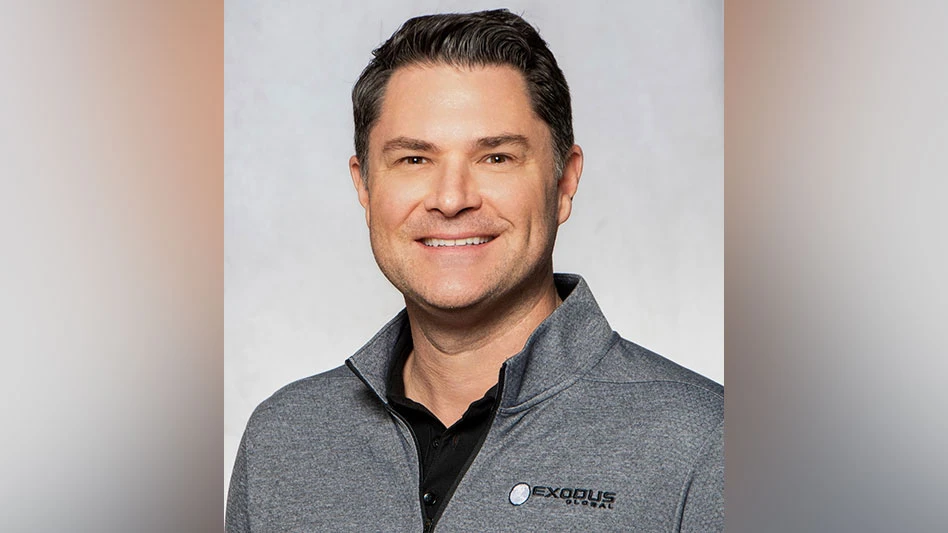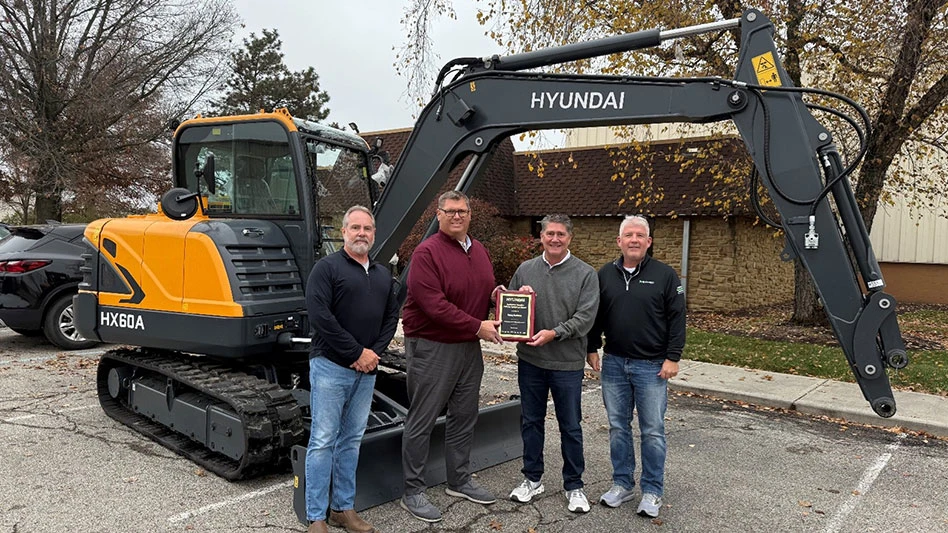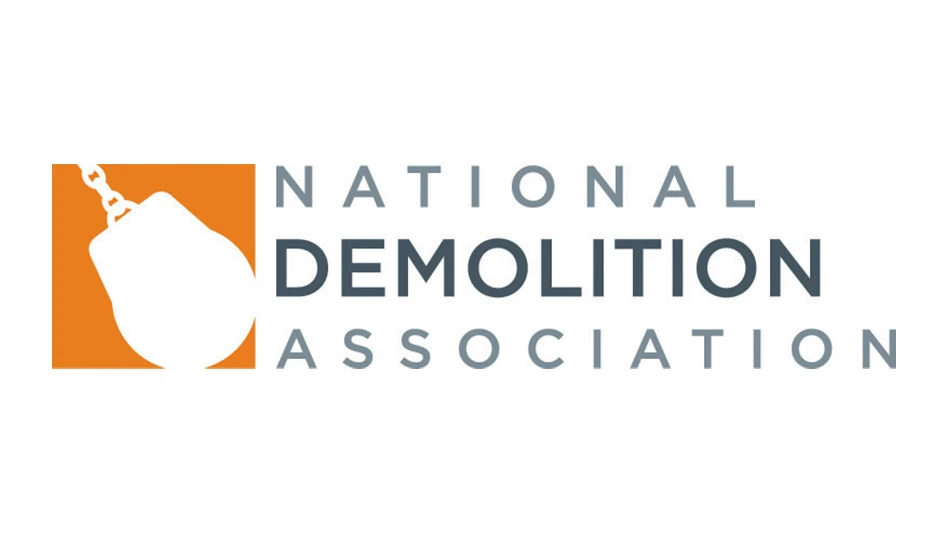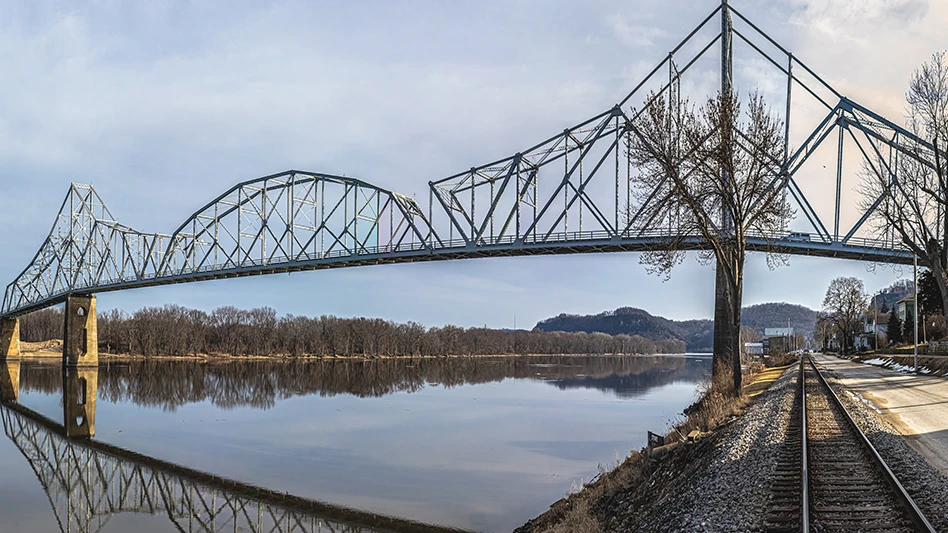Editor’s note: This article is an excerpt of remarks given by Bob Brickner, executive vice-president, Gershman, Brickner & Bratton Inc. (GBB), to the Environmental Business Council of New England in January 2012.
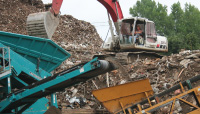 As our industry moves into 2012, I wish to note that those on the outside of our industry have a myriad of views of what we actually do on a day-to-day basis. Some are correct, some are close, and some [if I can use a new American term], are just “Tebowing” it.
As our industry moves into 2012, I wish to note that those on the outside of our industry have a myriad of views of what we actually do on a day-to-day basis. Some are correct, some are close, and some [if I can use a new American term], are just “Tebowing” it.
As you may know, Tebowing is a new verb and means to get down on one knee and start praying. Over the years I have had contractors say to me, “I am just praying that it works!” So it makes for an appropriate analogy.
I have been involved in the solid waste field since early 1972—for 40 years, and I feel it. Usually GBB (Gershman, Brickner & Bratton Inc.) represents the public sector in putting business deals together, like collection service RFPs and negotiating contracts; we also write RFPs for the design and construction of turnkey or full-service C&D processing facilities. I have also been involved in implementing large scale waste-to-energy plants, up to 2,000 tons per day, and many traditional materials recycling facilities (commonly called MRFs) around the country. I have also completed consulting work for the National Demolition Association (NDA) and the Construction Materials Recycling Association (CMRA).
When the MassDEP (Massachusetts Department of Environmental Protection) passed the first C&D material landfill bans in 2006 on asphalt paving, brick, concrete, metal and wood, your lives and businesses were forever changed. For some, your fortunes or misfortunes have never been the same.
As I have moved within solid waste circles for the past four decades, I have noticed one simple fact: Things get done for one of three reasons—need, fear or greed. You might hear, “I need to do this!” You might hear, “If I don’t do this, then this is going to happen!” Or, you might overhear in the board room, “If we can do this, we can make a lot of money.”
I was one of the three founders of GBB in 1980. Thus, over 30 years ago we started offering solid waste consulting services—with no business in hand. At the end of the first week, we nailed our first client.
Ten years into our business activities, a friend of mine from a large international consulting firm called and asked if GBB would like to team with them to propose on a project to perform a C&D recycling feasibility study. At that time, GBB had completed numerous solid waste and recycling studies, including several for traditional source-separated multi-material recycling plans, but we had never done a recycling study on C&D materials.
As any small, budding entrepreneur would decide under those circumstances, if we can figure out a plan for mixed solid waste materials, we can certainly handle a C&D study as well. So our new and ongoing adventure into the world of C&D materials processing and marketing began, with our first C&D recycling plan report, 20 years ago. Oh yes, and the location of the project was Hong Kong.
After competing with consultants from all over the world, our team was selected and I flew off to Hong Kong, and the Junk Bay landfill was my luxury vacation outpost for part of 1991. Soon after that industry-opening experience with that initial engagement, GBB sponsored the first two national C&D conferences in 1993 and 1994 (this was all pre-CMRA).
In the early 1990s, the processing of mixed C&D waste was in its infancy. While inerts like concrete and rock where crushed and screened, the true opportunities for mixed C&D processing and materials recovery were very limited.
A few European suppliers were popping up like Lindeman, Hazemag and Bezner, while a few additional crushing and screening firms with U.S. roots were migrating into C&D processing from other industries.
GBB had about 100 to 125 attendees show up at each of our 1.5 day C&D conferences in Philadelphia in 1993 and 1994, with the highlight being a field tour of the Haines and Kibblehouse new Hazemag mixed C&D waste processing facility near the Philadelphia Airport, and then a tour of the Winzinger concrete crushing system and wood grinding operations in South Jersey.
Things were very simple then, but the risk-taking entrepreneurs and the state regulators were just a few steps behind. These two companies, along with Star Recycling in Brooklyn and Jet-Away in Boston, were early adopters, so-to-speak, and the race was on.
Around that same time, I was trying to put the C&D recycling industry into an easy-to-identify metaphor to a group of non-C&D industry folks. Since they were outsiders and knew nothing, I told them that C&D really stood for “calamity and despair.” We all laughed, but I realized a little later I did not actually feel that way.
Changing calamity into a challenge and despair into an opportunity, though, has involved moving dollars and environmental stewardship to center stage.
 Developing World
Developing World
As the C&D processing and materials recovery industry has grown, so has our roster of allies. While not the panacea for extensive materials marketing, the formation of the U.S. Green Building Council (USGBC) occurred in 1993 and the ?rst Leadership in Energy and Environmental Design (LEED) pilot project program was launched in August 1998.
As of November 2011, just 13 years later, there are 32,000 LEED-registered commercial projects with an estimated 11,000 LEED commercial projects having been certified. This USGBC effort has done a lot to raise awareness of the C&D materials recovery marketplace.
The industry has grown from a few “admitted C&D recyclers” in the 1990s to several hundred today. GBB estimates that more than 150 mechanical C&D processing plants are operating in the United States today. I am sure that others exist, and still others are undertaking C&D materials recovery without an automated plant. Fortunately, our industry has a good base of competitive companies operating C&D recycling equipment and a full-system supply chain, with many of those suppliers headquartered in Canada.
A relatively small area like the Commonwealth of Massachusetts, with about a dozen C&D materials processing plants, is an anomaly in the country. However, while you are a shining example of states’ rights, at times, as you know, the federal government and other states’ rights can interfere with the dream.
However, over my 20-plus years of both participating in and observing this fledging industry, I have seen the growth and enthusiasm rise and fall several times, and the roller coaster ride will without a doubt continue. There is a simple quotation from founding father Thomas Paine’s “The Crisis” that goes as follows: “These are the times that try men’s souls.”
As the industry has advanced from the old-style manual floor-sorting of cardboard, metals and wood to a higher level of recovery, various mechanical screens and sorting systems—including air and water density separators, eddy current separators and plastics recovery through optical sorting—have been developed and installed.
The vast majority of C&D facility recyclers are not landfill disposal owner/operators. Our aversion to paying landfill disposal costs provides the impetus and “great equalizer” for advancing materials reuse and market-driven creativity.
However, as I noted earlier, the regulatory regime and constant concerns about product quality, contamination levels and the nature of toxic materials that might have been used in the origin materials and manufacturing processes, are the natural obstacles that need to be evaluated by the industry in a fully transparent manner.
Mining for Ore
When I first started getting involved with the C&D recycling sector in the early 1990s, the largest waste haulers were nowhere in sight. They tended to merely “hang out” around their landfills. About two months ago at a C&D conference, a spokesperson from Waste Management indicated that the company now has 15 C&D recycling plants that they own around the country.
 Republic, mainly through its Allied Waste acquisition, now has a few as well. Waste Management in particular has made a significant market penetration in the past five years. As we know, the color of their trucks is usually green, so naturally, I took his current facility number as a positive sign for our industry.
Republic, mainly through its Allied Waste acquisition, now has a few as well. Waste Management in particular has made a significant market penetration in the past five years. As we know, the color of their trucks is usually green, so naturally, I took his current facility number as a positive sign for our industry.
Each of your C&D plants is like an independent island nation, but each of you, and your allies, must cooperate in some measure to be successful in the long run. We would not have won World War II without the full commitment and perseverance of all of our great allies at that time.
Having forums like this Environmental Business Council of New Engalnd annual summit, having two dedicated C&D magazines, two annual national C&D conferences, and two pointed industry associations like the CMRA and the NDA allows us to share both frustrations and triumphs, and they are critical to your business success.
Your active participation in all these available resources, especially those specific to your region, cannot be overstressed in this ever-changing world, where decisions in Boston and Concord, N.H., Washington D.C. or even China all impact your corporate results. For example, the recent rejection of the Keystone pipeline, which involves the building of some 1,700 miles of steel pipeline, short circuits a major opportunity for the potential marketing of recovered metal and scrap from both demolition projects and our C&D plants.
When I add up all of the C&D materials that are generated in the United States, I come to almost 350 million tons per year. While this is split many ways, with crushed concrete and asphalt pavement near 100 million tons per year, and the total waste generation of gypsum drywall and asphalt shingles (each around 10 million tons), the 150 million tons of mixed C&D waste, and each of the segregated waste constituents, provide significant challenges and opportunities to our industry, and each day, we continue to grow and learn how to address our unique business needs.
The hot new TV series of last year and this year was called “Gold Rush” and is set in the wilderness of Alaska. The viewing audience is able to witness the many pitfalls of mining gold in the Klondike.
Each of us in this room has our own daily “Urban Ore Rush.” We may not be trying to extract gold from the ground, but by being C&D processors and recyclers, we attempt to mine that which is delivered to us on a daily basis.
When you open your facility gates each morning, you announce to the world that you are ready to take on the challenges of an essential industry niche, and ready to perform a great and needed environmental service for our country.
The author is executive vice-president of Fairfax, Va.-based solid waste consulting firm Gershman, Brickner & Bratton Inc. (GBB) and can be contacted at bbrickner@gbbinc.com.

Explore the March 2012 Issue
Check out more from this issue and find your next story to read.
Latest from Construction & Demolition Recycling
- Sun Equipment launches used construction equipment division serving Houston
- Harbor Logistics adds business development executive
- Terex Ecotec announces Blue Machinery as distributor
- SA Recycling completes FPT facilities purchase
- Alamo Group acquires loading equipment maker
- Develon to spotlight compact equipment at ConExpo
- Construction job openings remain low in October
- Sysdyne acquires Slabstack, expanding construction materials reach
